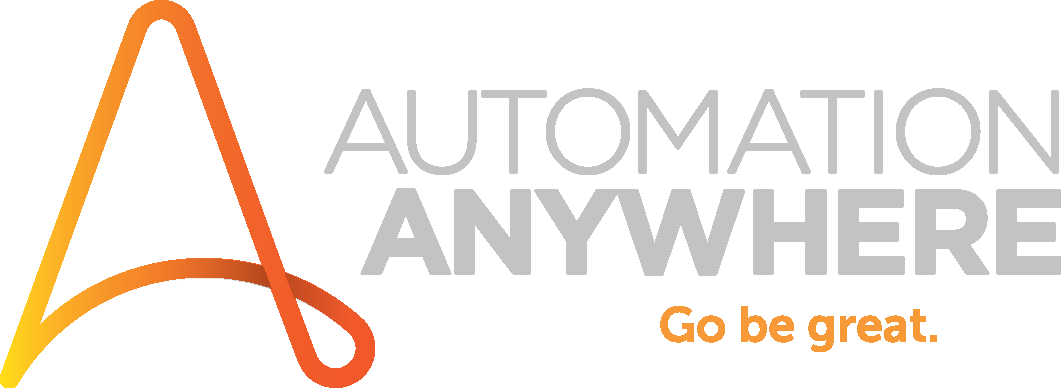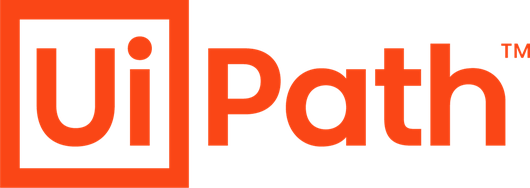The U.S. healthcare system is known for being complex and expensive. One of the biggest ch...
Read More Service
- Managed IT Services The most resource-heavy task starts when you finish building IT infrastructure. Staff busy in managi...
- Cloud Managed Services Build and maintain an infrastructure strong enough to support new technologies. Set out a cloud to s...
- Managed Security Services Avoid creating a paradise for intruders. Let our dedicated security specialists discover loopholes w...
- VoIP and Collaboration Do not let loosely-coupled and old-fashioned communication methods influence productivity. Talk to y...
- Healthcare Technology Test the market with MVP or launch the app with full force. We develop HIPAA/PHIPA-compliant apps ar...
- Robotic Process Automation Being a transparent RPA service provider in Ontario, Canada, we never intend to hide significant yet...
- Insights Category
- App Development
- Cloud
- Consulting
- Culture
- Cybersecurity
- FoIP
- Networking
- Uncategorized
- VoIP
Solutions
- Healthcare App Businesses undergo digital transformation to remediate challenges. The remediation plan should be entitled to the latest technologies and IT solutions working on it. We simplify technology adoption with consultation, IT solutions deployment and support, for organizations willing to thrive!
- Long-Term Care Pharm... Businesses undergo digital transformation to remediate challenges. The remediation plan should be entitled to the latest technologies and IT solutions working on it. We simplify technology adoption with consultation, IT solutions deployment and support, for organizations willing to thrive!
- Retirement Home Businesses undergo digital transformation to remediate challenges. The remediation plan should be entitled to the latest technologies and IT solutions working on it. We simplify technology adoption with consultation, IT solutions deployment and support, for organizations willing to thrive!
- Long-Term Care Home ... Businesses undergo digital transformation to remediate challenges. The remediation plan should be entitled to the latest technologies and IT solutions working on it. We simplify technology adoption with consultation, IT solutions deployment and support, for organizations willing to thrive!
- Real Estate Businesses undergo digital transformation to remediate challenges. The remediation plan should be entitled to the latest technologies and IT solutions working on it. We simplify technology adoption with consultation, IT solutions deployment and support, for organizations willing to thrive!
- Manufacturing Businesses undergo digital transformation to remediate challenges. The remediation plan should be entitled to the latest technologies and IT solutions working on it. We simplify technology adoption with consultation, IT solutions deployment and support, for organizations willing to thrive!
- Telemedicine App Dev... Businesses undergo digital transformation to remediate challenges. The remediation plan should be entitled to the latest technologies and IT solutions working on it. We simplify technology adoption with consultation, IT solutions deployment and support, for organizations willing to thrive!




